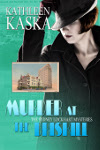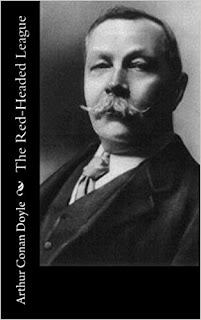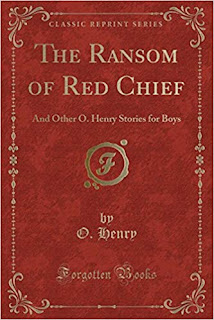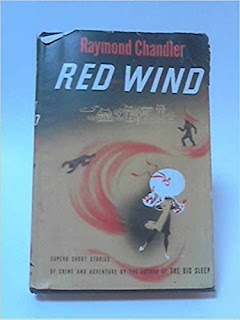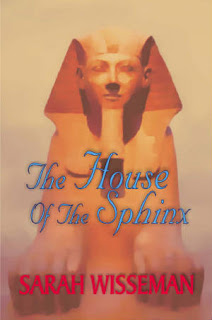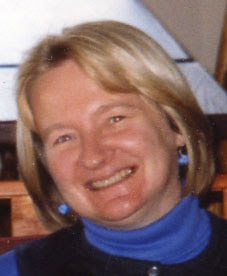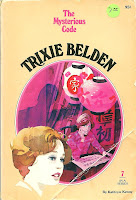The Art of Letter Writing
When was the last time you wrote a letter or received one?
With texting, tweeting, emailing, and Facebook messaging available as
popular (and expedient) forms of communication, people rarely write letters
nowadays. Why bother, you might ask? I just order the book, Chickens, Gin, and a Maine Friendship: The
Correspondence of E. B. White and Edmund Ware Smith. When I saw E. B. White
on the cover, I ordered it immediately. I love his writing. I didn’t pay
attention to the subtitle, so I was surprised to see that it was a collection
of letters between two friends. I haven’t read the book yet; I’m savoring it
for a vacation when I don’t have to focus on a bazillion other things. But it
got me thinking.
I’m fortunate to have a friend who still prefers to communicate this
old-fashioned way. We met several years ago when I interviewed her for a book I
was writing about her father. Although she uses email, she does so mainly for
business. She and I chat on the phone, but we also write letters to one
another. I have kept every letter she has written me, as well as copies of those
I’ve written to her.
Beyond my correspondence with my letter-writing friend, I write a Christmas
letter to my family, though not every year. I write letters to my young great-niece
and nephews, since they live in Texas and I’m in Washington State. I don’t want
them to forget about me.
I think the reason letter writing is rare is that it takes time and effort.
Getting started is especially hard. I could begin with a comment on the
weather, how I’m feeling, or what I’ve been up to, but those topics seem humdrum.
What helps me get past “Dear Stephanie,” is a reminder to start with a quirky
thought that’s been brewing in my brain—something like why
I choose to have two
olives with my martini on one night and three on another. After that first
paragraph is written, I’m off and running with three or four pages pounded out
in a few minutes.
Electronic communication fosters little forethought as to what to say, or
how to say it. “I have a question; here it is.” Or, “I have some information
you need; read this quickly.” I also find that if I send an email with too many
questions, most of them go unanswered. Sadly no one seems to read lengthy
emails. I even had a publisher who consistently ignored most of what I asked. I
soon learned to ask just one question per email.
Letter writing, on the other hand, takes thought, creativity, and
consideration for the recipients of the letters. You don’t want to bore them to
death with mundane information. You want to make them laugh and understand
what’s really going on in your head and your life.
I look back on the first letters I wrote to my friend; most contained
questions about her father’s activities. But after my book was published The Man Who Saved the Whooping Crane: The Robert Porter Allen Story University Press of Florida, 2012) we began
communicating on a more personal level, and a true friendship developed. I
enjoy reading her letters, being able to hold them, stick them in my purse, and
reread them. I know she’s put time and effort into her letters to me—and that
makes me feel special. I hope she feels the same way when she receives one of
mine.
I’m not sure what I will eventually do with all our correspondence, but I’m
glad to have it. My friend lives across the country, so I rarely see her. Our
letters keep us close.
Do you know of other similar books that are collections of letters?
Kathleen Kaska is the author of The
Sherlock Holmes Quiz Book (Rowman & Littlefield Publishing
Group). She is the founder of The Dogs in the Nighttime: Holmes Society of Anacortes,
Washington, a scion of The Baker Street Irregulars. Kathleen writes the
awarding-winning Sydney Lockhart Mystery Series and the Kate Caraway Mystery
Series. Her passion for birds led to the publication The
Man Who Saved the Whooping Crane: The Robert Porter Allen Story.
Kathleen’s collection of blog posts, Do You Have a Catharsis Handy?
Five-Minute Writing Tips won the Chanticleer International
Book Award in the non-fiction Instruction and Insights category.
Go to her website and sign up for her newsletter. Look for
her bi-monthly blog: “Growing Up Catholic in a Small Texas Town” because
sometimes you just have to laugh.
https://twitter.com/KKaskaAuthor
http://www.facebook.com/kathleenkaska

